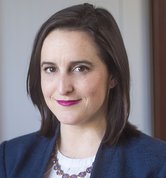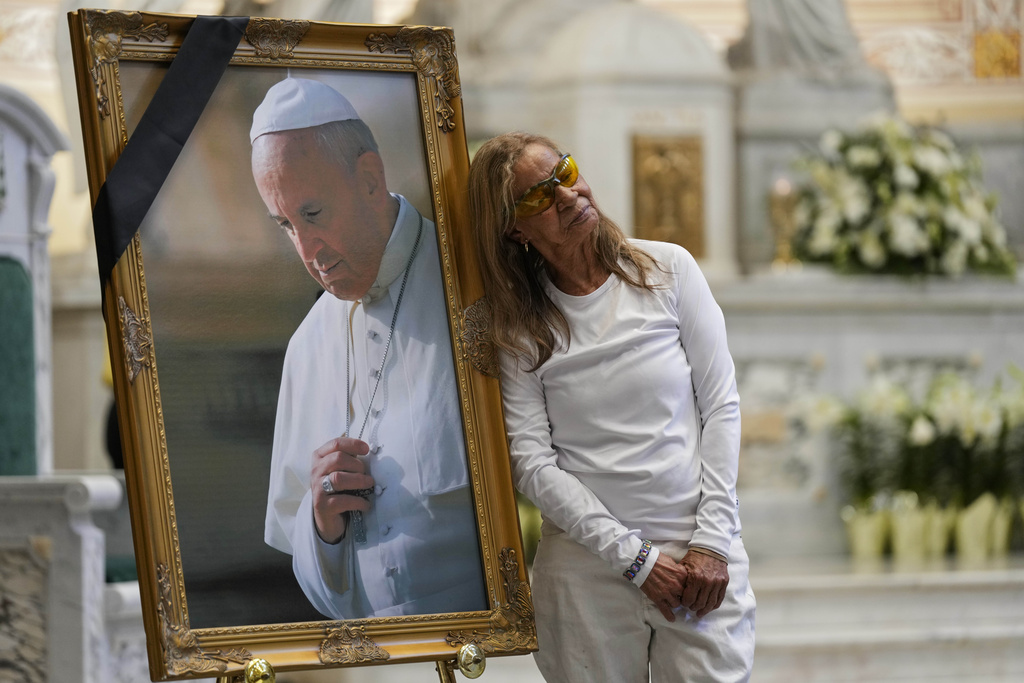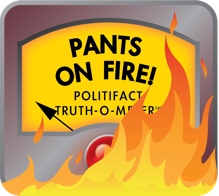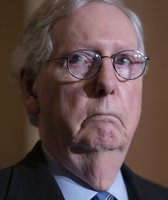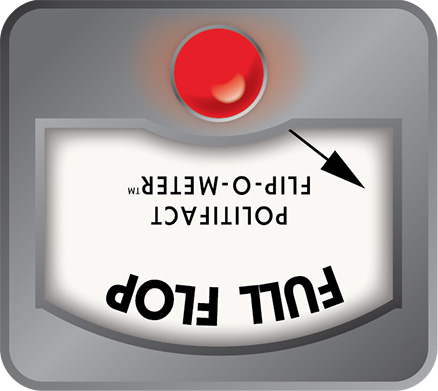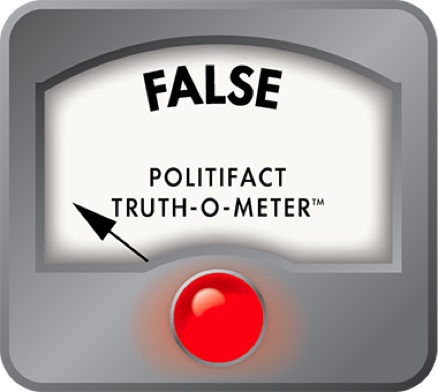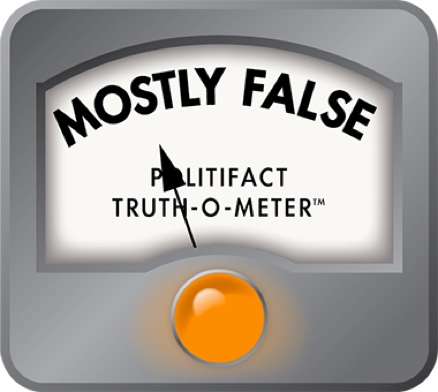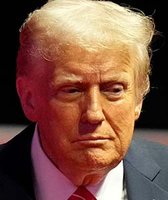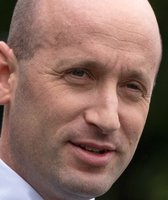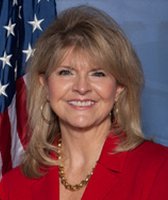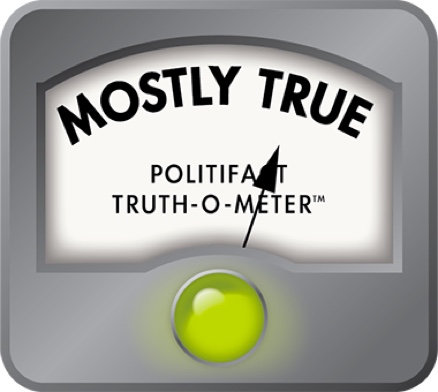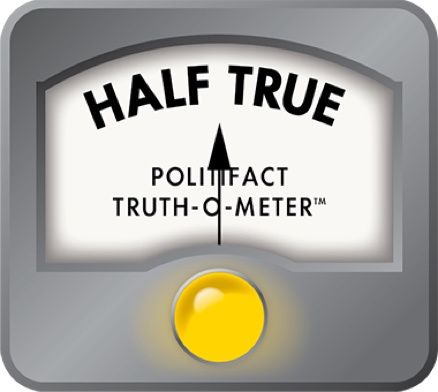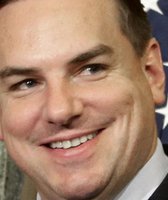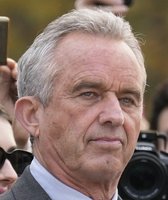Stand up for the facts!
Our only agenda is to publish the truth so you can be an informed participant in democracy.
We need your help.
I would like to contribute
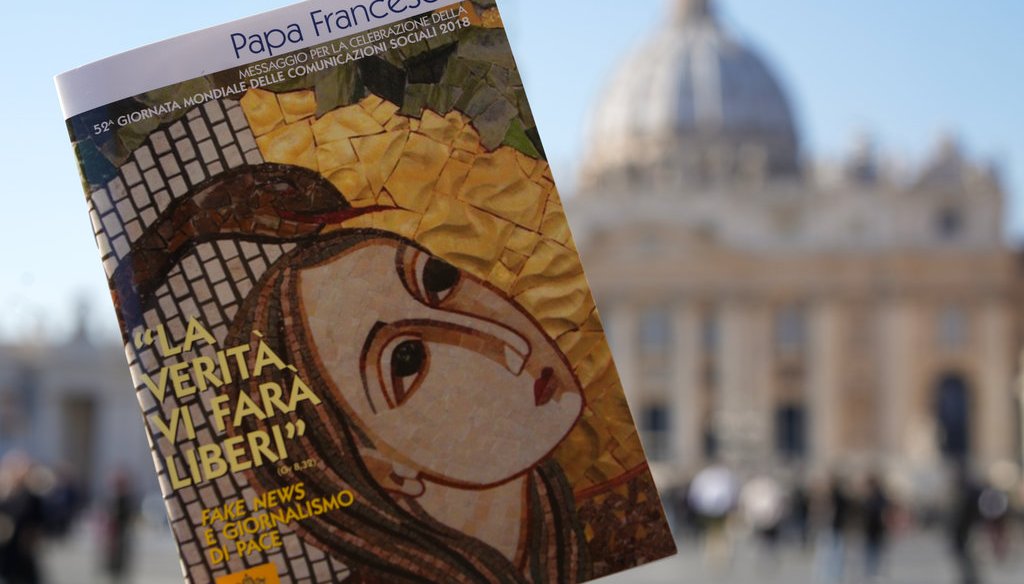
Pope Francis' book on "fake news" is pictured in front of St. Peter's Basilica in Rome on Jan. 24, 2018. The pope released his annual social communication dedicated that year to "fake news and journalism for peace." (AP)
Pope Francis, who died Monday at age 88, was an unlikely chronicler of the world’s reckoning with false information online.
Francis outlined the societal harms of misinformation in 2018, tracing the origin of false news to the Garden of Eden "snake tactics" that led to the original sin.
"There is no such thing as harmless disinformation; on the contrary, trusting in falsehood can have dire consequences," he wrote Jan. 24, 2018, for World Communications Day. "Even a seemingly slight distortion of the truth can have dangerous effects."
Francis applauded the journalistic pursuit of truth and called for teaching people "how to discern, evaluate and understand our deepest desires and inclinations, lest we lose sight of what is good and yield to every temptation."
Left unsaid was his starring role in fabricated and manipulated content over the last decade, from the 2016 presidential election that popularized the term "fake news" to the papal puffer coat image that launched 1 million think pieces about generative artificial intelligence.
On Oct. 21, 2016, less than three weeks before the U.S. presidential election, a website called WTOE 5 News published the headline, "Pope Francis Shocks World, Endorses Donald Trump for President, Releases Statement."
The short story had traces that suggested reputable journalism — a name and website resembling a local outlet, a Vatican statement, a journalist’s byline — but none of it was real. The site published satirical content, which it disclosed in its "about" page. The fake context was long lost as the story and headline traveled around the web.
The fake endorsement story had the most engagement of any election story, real or fake, on Facebook in the final three months of the November 2016 election, Buzzfeed News reported.
A year earlier, a website called "National Report" spread a false story that Francis endorsed Sen. Bernie Sanders’ Democratic bid for the presidency. The cycle of fake news repeated itself, with sketchy websites and viral social media posts distorting Francis’ views on guns, proclaiming he said to "eat whatever you want for Easter," and killing him off with death hoaxes years before he died.
Maureen Boyd leans against a portrait of the late Pope Francis after a mass at the Cathedral of Incarnation on April 23 in Nashville, Tennessee. (AP)
In March 2023, the inciting papal misinformation moment was visual: photos of Francis stepping out in a white Balenciaga-style puffer coat, with a matching white skull cap. Only studious viewers would notice the telltale sign of artificial intelligence manipulation in the image’s mangled hands. It was made with a generative AI tool, Midjourney, and posted on Reddit, before it went on to fool plenty of people.
Many early adopters of visual generative AI tools chose Francis as their muse, putting the octogenarian in unlikely but real-looking situations (riding a motorcycle, attending Burning Man), The New York Times reported. Francis’ appeal was his widespread recognition after a decade as pope and his approachability, combined with the advent of easy-to-use and readily available AI programs.
Journalists expected in 2024 to cover an "AI election" dominated by sophisticated deepfake videos that could influence voters in a close election. It didn’t turn out the way we feared, because false election news mostly relied on the same old tricks. But that doesn’t diminish the power of the fake pope photo in opening our eyes to what could be.
The 2016 arrival of "fake news" marked a new era in internet information integrity, prompting Facebook, now Meta, to enlist the help of independent fact-checkers to help identify and slow the reach of false content. The program, which PolitiFact participated in from beginning to end, matured as false website links exploded into false text posts, photos and videos, which then spun into AI manipulated content.
Meta ended the third-party fact-checking program in 2025, replacing it with a community notes system that relies on voluntary user submissions, modeled after the program developed by X. TikTok is making its own version, though it still uses professional fact-checkers, too.
In his 2018 message, Francis described journalists’ responsibility as the world’s informers to promote accurate, trusted reporting. He called on everyone to "promote a journalism of peace."
More than ever, the future of information integrity relies on ordinary people seeking truth and providing corrective information in the public square.
Take it from Francis’ message:
"The best antidotes to falsehoods are not strategies, but people: people who are not greedy but ready to listen, people who make the effort to engage in sincere dialogue so that the truth can emerge; people who are attracted by goodness and take responsibility for how they use language."
Our Sources
See links in the story.
